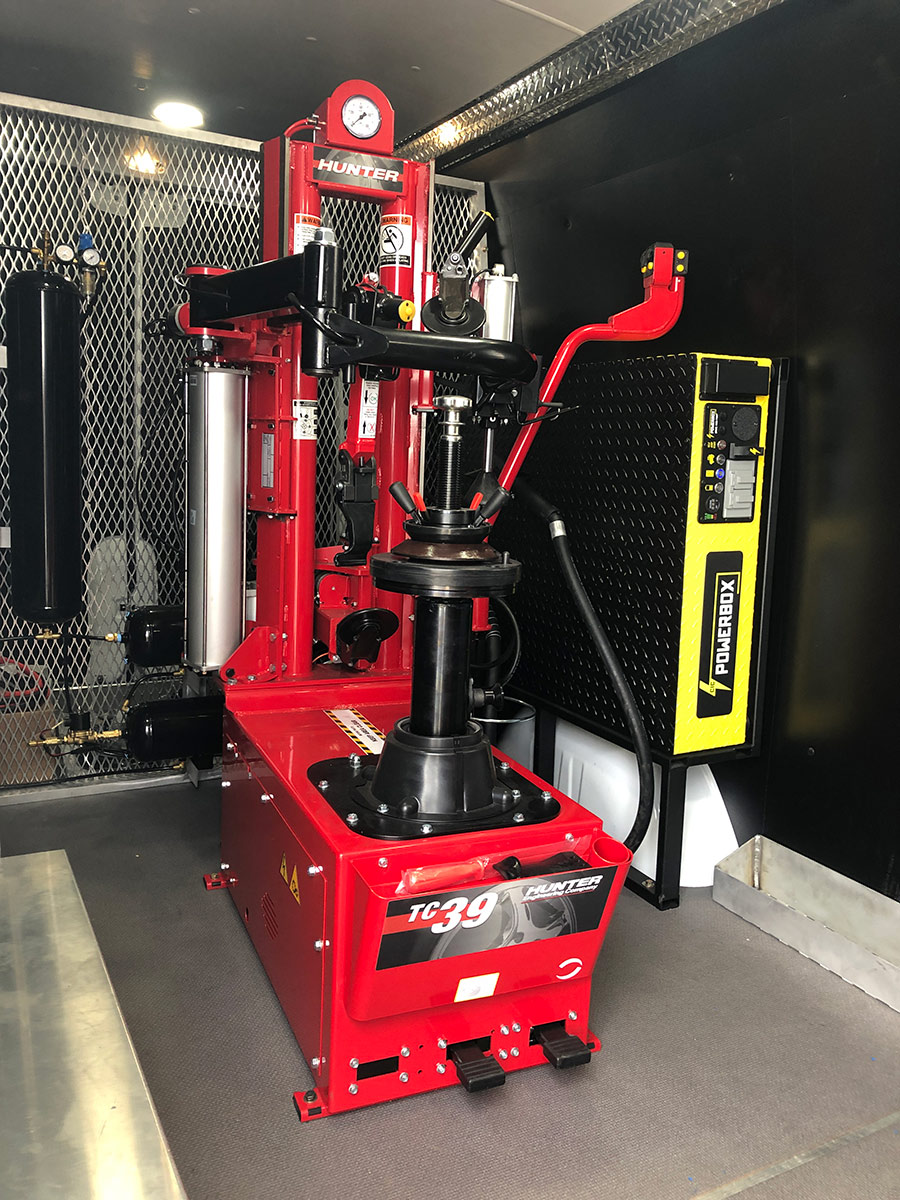Affordable Mobile Tire Replacement Las Vegas - Call Today!
Affordable Mobile Tire Replacement Las Vegas - Call Today!
Blog Article
Tire Service: Proven Methods for Optimal Tire Maintenance and Care
Maintaining optimal tire condition is extremely important for both safety and performance of any type of automobile. From making certain correct tire pressure to routine rotation and positioning, there are tried and tested techniques that can significantly prolong the life-span of your tires and enhance general driving experience. As we discover the complexities of tire treatment and maintenance, we will discover essential guidelines that every lorry owner must stick to for the best feasible outcomes. Allow's look into the globe of tire solution and discover the tricks to maintaining your tires in first-class shape for the long run.
Relevance of Tire Stress
Correct tire pressure is a vital consider ensuring optimal vehicle performance and security when traveling. Keeping the advised tire stress levels provided by the manufacturer offers numerous benefits. Adequate tire stress advertises far better fuel effectiveness, as under-inflated tires can lead to enhanced rolling resistance, triggering the engine to work harder and eat even more gas. Right tire pressure ensures also walk wear, enhancing tire long life and conserving money in the lengthy run by postponing the requirement for premature substitutes. Furthermore, appropriately inflated tires add to enhanced handling and braking capacities, vital for risk-free driving in different road problems. Over-inflated tires, on the various other hand, can cause minimized traction and a harsher ride. Alternatively, under-inflated tires are susceptible to overheating, which can result in mishaps and blowouts. Frequently changing and checking tire stress, particularly before lengthy trips, is a straightforward yet efficient method to enhance automobile performance, prolong tire lifespan, and focus on security on the roadway.
Tire Turning Guidelines
When considering tire rotation guidelines, it is vital to recognize the relevance of this upkeep task in maximizing tire lifespan and preserving optimal car performance. Tire rotation includes altering the setting of each tire on a lorry to make certain also walk wear. Front tires often tend to put on quicker than back tires as a result of guiding pressures, making routine rotation important for balanced wear patterns. The recommended turning pattern varies depending upon whether an automobile is front-wheel, rear-wheel, all-wheel, or 4x4. Normally, tires need to be turned every 5,000 to 7,500 miles, or as recommended in the car manual. Neglecting tire turning can cause unequal wear, affecting handling, traction, and possibly compromising look these up automobile safety. By adhering to proper turning standards, chauffeurs can extend the life of their tires, boost gas effectiveness, and enhance total driving experience. Normal turning is a basic yet efficient maintenance technique that adds dramatically to tire durability and vehicle efficiency.

Benefits of Wheel Alignment
Making sure appropriate wheel positioning after tire rotation is important for preserving balanced wear patterns and optimizing automobile performance. Additionally, correct wheel alignment aids to expand the life expectancy of your tires. Misaligned wheels can trigger uneven tire wear, leading to premature tire substitute and boosted maintenance costs.

Tire Tread Depth Examine
Doing a routine inspection of tire step deepness is necessary for preserving secure driving problems and prolonging the life-span of your tires. Unequal tread wear can show problems with tire positioning, pressure, or suspension, highlighting the relevance of routine step depth checks. By incorporating tire step depth checks right into your routine upkeep schedule, you can drive with self-confidence knowing that your tires are in leading condition.
Seasonal Tire Assessment
Seasonal tire inspection is a fundamental aspect of tire upkeep that makes sure tires are all set to encounter the challenges positioned by different weather conditions. In prep work for winter months, it is crucial to examine the tire stress consistently as cool temperature levels can create tire stress to go down. By performing routine seasonal tire evaluations, drivers can lengthen tire life expectancy, improve fuel efficiency, and my site most significantly, make sure a secure driving experience in varying climate problems.
Verdict
In verdict, keeping correct tire stress, turning tires on a regular basis, lining up wheels properly, keeping an eye on tread deepness, and performing seasonal assessments are he said vital methods for ideal tire care. By complying with these proven approaches, drivers can guarantee their tires last longer, do better, and add to total automobile safety and security. It is necessary to focus on tire maintenance to stop accidents, enhance gas efficiency, and extend the life-span of tires.
Sufficient tire stress advertises better fuel performance, as under-inflated tires can lead to increased rolling resistance, triggering the engine to function harder and take in even more gas.When considering tire rotation standards, it is crucial to understand the value of this upkeep job in optimizing tire life-span and maintaining optimal automobile efficiency. Seasonal tire examination is a fundamental aspect of tire maintenance that makes sure tires are prepared to encounter the obstacles posed by different climate problems. By performing regular seasonal tire examinations, drivers can prolong tire life expectancy, boost gas performance, and most notably, ensure a secure driving experience in varying weather conditions.
In conclusion, maintaining correct tire stress, revolving tires regularly, aligning wheels correctly, monitoring step deepness, and performing seasonal assessments are necessary methods for ideal tire care.
Report this page